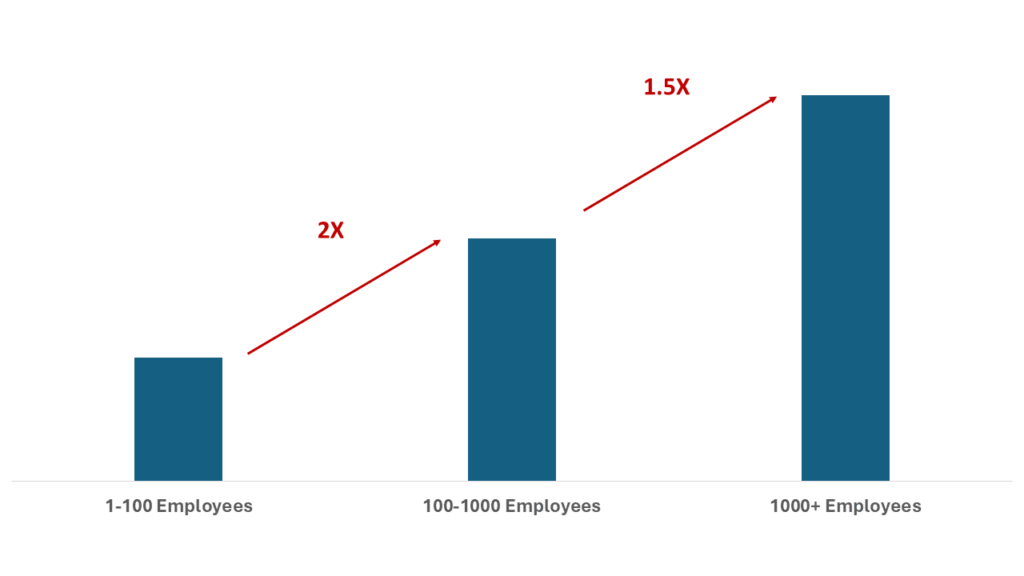The global data privacy landscape is no longer a linear path; it’s a complex, expanding web of regulations. With the EU’s General Data Protection Regulation (GDPR) as a catalyst, a wave of legislation from the California Consumer Privacy Act (CCPA/CPRA) to Brazil’s LGPD and China’s PIPL has reshaped how organizations handle personal data.
The challenge is no longer about complying with one single law but managing a patchwork of overlapping, and sometimes conflicting, requirements. The cost of failure is immense: organizations investing in privacy will see a 30% reduction in consumer complaints and data breach fines. Conversely, the total value of GDPR fines issued in 2023 alone surpassed €2 billion, a clear signal from regulators worldwide.
This article provides a practical framework for building a scalable, resilient global data privacy compliance program that moves beyond reactive checklist adherence to proactive, strategic value creation.
The Global Patchwork: More Than Just GDPR and CCPA
While GDPR and CCPA are the most well-known, they are merely the tip of the iceberg. Over 160 countries have now established comprehensive data privacy laws. Key regulations include:
-
-
- GDPR (EU): The benchmark, focusing on lawful processing, data subject rights, and privacy by design.
- CCPA/CPRA (California): Emphasizes consumer control over personal information, with broad definitions and opt-out rights for sales/sharing of data.
- LGPD (Brazil): Heavily inspired by GDPR, with additional layers of specific requirements for data processing agents.
- PIPL (China): A stringent law that mandates data localization and security assessment requirements for cross-border data transfers.
-
The central problem is that these laws, while sharing common principles, differ in their specifics. Consent mechanisms, individual rights processes, and definitions of “personal data” can vary significantly, creating a compliance minefield for multinational organizations.
1. The Cost of a Siloed Approach
Many organizations tackle each new regulation as it emerges, creating a separate compliance program for GDPR, another for CCPA, and so on. This siloed approach is:
-
-
- Inefficient: Duplicative efforts drain resources and budget.
- Fragile: It cannot scale to accommodate new laws from other states (e.g., Virginia’s VCDPA, Colorado’s CPA) or countries.
- Risky: Inconsistencies in how data is handled across jurisdictions inevitably lead to compliance gaps and vulnerability to breaches and fines.
-
We found that over 40% of organizations are grappling with conflicting privacy laws across jurisdictions, and those that have invested in privacy reported an average ROI of 1.8 times their spending.
2. A Practical Framework for Unified Global Privacy Compliance
The solution is to build a unified, principles-based program that can be adapted to specific jurisdictional requirements. This framework is built on four pillars:
> Governance and Accountability (The Foundation)
-
-
- Centralize Oversight: Appoint a dedicated Data Protection Officer (DPO) or a privacy leadership team responsible for the global strategy.
- Maintain Detailed Records: Implement a centralized Record of Processing Activities (ROPA) that serves as a single source of truth for all data processing across the organization.
- Conduct Risk Assessments: Embed Data Protection Impact Assessments (DPIAs) into the fabric of all new projects and products involving personal data.
-
> Data Mapping and Discovery (Visibility is Key)
You cannot protect what you cannot see. A robust data mapping process is non-negotiable.
-
-
- Identify Data Flows: Document what personal data you collect, where it comes from, where it is stored, who it is shared with, and the legal basis for each processing activity.
- Leverage Technology: Use automated data discovery tools to classify sensitive data across cloud environments, data lakes, and endpoints, providing continuous visibility.
-
> Operationalization of Rights and Controls (The Engine)
This is where your framework meets the customer and the employee.
-
-
- Unified Rights Fulfillment: Create a single, streamlined portal to receive and manage data subject requests (DSRs) like access, deletion, and opt-out—that can intelligently route the request based on the user’s jurisdiction.
- Cookie and Consent Management: Deploy a centralized consent management platform (CMP) that dynamically adapts to the legal requirements of the user’s geography, ensuring valid, auditable consent.
- Vendor Risk Management: Establish a rigorous process to assess and monitor third-party vendors (data processors) to ensure they meet your compliance standards.
-
> Breach Preparedness and Training (The Culture)
-
-
- Incident Response Plan: Develop a clear, tested plan for responding to a data breach that includes internal procedures and meeting mandatory notification timelines, which can be as short as 72 hours under GDPR.
- Continuous Training: Move beyond one-time training. Foster a culture of privacy through regular, role-specific training for all employees, from developers to marketing teams.
-

Average Cost to Manually Fulfill a Single Data Subject Request (DSAR)
Turning Compliance into a Competitive Advantage
A well-executed global privacy program is more than a shield against fines; it is a strategic asset.
-
-
- Builds Trust: Demonstrating a commitment to privacy builds customer loyalty and enhances brand reputation. According to our survey, over 90% of organizations say customers won’t buy from them if data is not secured.
- Enables Operational Efficiency: A unified program reduces redundant work, simplifies audits, and streamlines data governance, ultimately lowering long-term costs.
- Facilitates Innovation: By embedding privacy into product development (Privacy by Design), companies can innovate faster and with more confidence, avoiding costly re-engineering down the line.
-
Conclusion: Embrace a Principles-Based Mindset
The list of privacy laws will only grow longer. The only sustainable approach is to stop chasing checklists for each individual regulation and start building a resilient, principles-based program grounded in transparency, accountability, and data minimization.
By implementing a centralized framework focused on strong governance, deep visibility, operationalized processes, and a pervasive culture of privacy, your organization can not only navigate the complexities of GDPR, CCPA, and beyond but also turn compliance into a genuine competitive advantage that drives growth and customer trust.
Is your organization’s privacy program built for the future? Our Risk Management & Compliance consultants can help you assess your readiness and build a scalable framework. Contact us for a personalized discussion.



